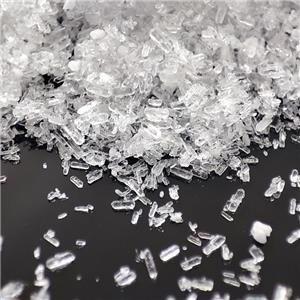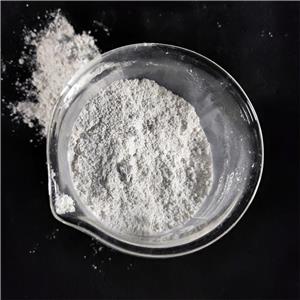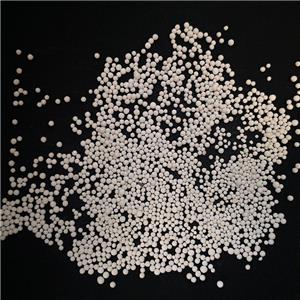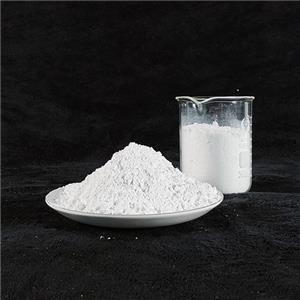What is wet whiteness?-2
3. The Importance of Wet Whiteness
Determines the Appearance of the End Product: In the plastics industry, talc powder with a high wet whiteness can be used in light-colored or high-white products to avoid the detrimental effects of yellowing fillers or insufficient brightness that can affect the product's aesthetics.
Influence on Cosmetic Quality: In products like pressed powder and talc powder, wet whiteness directly affects the hiding power and color purity of the finished product, making it a crucial criterion for evaluating product quality.
Comprehensive Quality Indicator: Wet whiteness not only reflects the whiteness characteristics of talc powder, but also indirectly reflects its purity, processing technology, and stability, making it a key factor in evaluating talc powder grade.
Guiding Application Selection: Manufacturers can use wet whiteness data to select the most suitable talc powder grade and optimize formulation design, ensuring product performance while controlling costs.
4. How to Improve the Wet Whiteness of Talc powder?
Raw Material Purification and Process Optimization
Flotation, magnetic separation, and acid washing are used to remove iron and other impurities and improve the chemical purity of talc powder. Grinding and grading processes are also optimized to achieve an appropriate particle size distribution.
Strictly Control Moisture
Drying processes should be used during production to control moisture content, and moisture-proof measures should be taken during storage and transportation to prevent moisture absorption from affecting wet whiteness.
Appropriate Use of Dispersion Medium
During wet whiteness testing or actual applications, the optimal DMP addition ratio should be determined experimentally to achieve good wetting and dispersion of talc powder, truly reflecting its whiteness level.
Surface Treatment (If Applicable)
In certain high-end applications, talc powder can be treated with appropriate surface modifiers to improve its compatibility and dispersibility with organic matrices, thereby enhancing visual whiteness.
Conclusion
Wet whiteness is an important indicator for evaluating the application performance of talc powder, especially in applications with strict color requirements. By understanding its concept, influencing factors, and improvement methods, manufacturers and users can more scientifically select materials, optimize processes, and further enhance the market competitiveness of their end products. With the continuous improvement of testing methods and industry standards, wet whiteness will provide a more reliable basis for the high-value applications of talc powder.
Liaoning Victory Fire-Retardant Material Technology Co., Ltd.'s Talc Powder is sourced from carefully selected high-quality talc ore, ground using modern precision technology and rigorously purified through multiple stages, resulting in a powder with a fine texture, high whiteness, and exceptional purity.

Reasons to Choose Us:
Source Control:Strict ore screening ensures pure raw materials with low impurities.
Advanced Processing:Ultra-fine grinding and classification technologies are used to precisely control particle size distribution.
Stable Quality:Fully automated production ensures high consistency and reliability in every batch.
Customization:We offer customized product solutions with varying specifications (particle size, whiteness, etc.) tailored to your needs.




